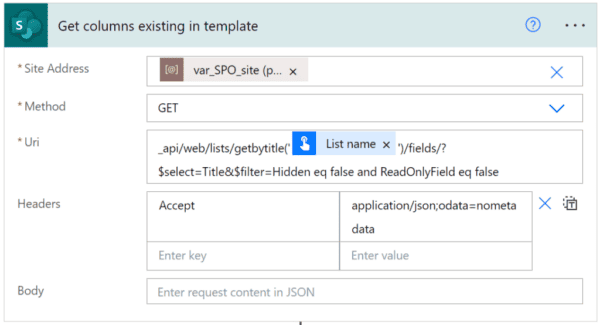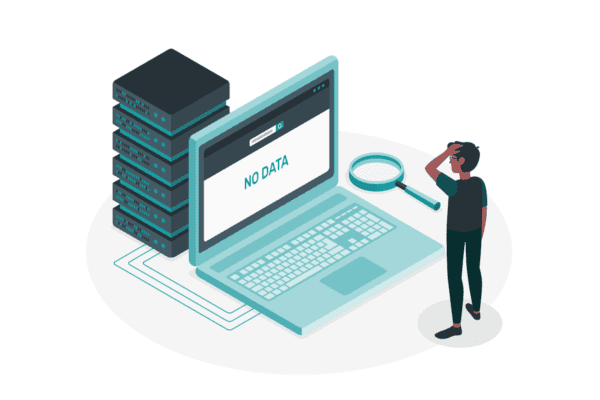As SharePoint 2010 and Exchange 2010 upgrades are being
undertaken worldwide, there has been considerable discussion around
the use of Exchange Managed Folders and their suitability for
storing email in records management scenarios. While Managed
Folders are a viable solution for basic use cases; most
organizations require SharePoint’s more flexible and robust
solution to meet their retention, disposition, and compliance
requirements.
Email Management in the Enterprise
There is no doubt that email is the predominant form of
communications both within and between organizations. Yet,
organizations struggle with how to manage emails, the content
contained in emails, and attachments- both for collaboration and
records management purposes. Lost or “smoking gun”
information contained in emails hits the news from time to time and
corporations are held to account for the mishandling of vital
emails. If Morgan Stanley had been able to locate and produce all
their emails, in one case they may have avoided a $15M
fine.
Emails come in all shapes and sizes. Certainly, not all of
them are vital to keep as a record. So how do you approach
setting up a system where the ones that are vital are kept in a way
that they are easy to find, manage and retain? How do you
ensure you are compliant with your organization’s regulations, laws
and standards? Why is email management so hard?
Email Management Poses a Challenge to IT
To answer the last question first. Deploying and supporting an
effective email management solution can pose significant challenges
for the IT department. First on that list is the heavy
storage requirements of emails. Emails and their attachments
eat up significant amounts of storage on a continuous basis – new
information is constantly coming in. Second, serious thought
needs to be put into an email management system that supports
categorizations of emails and preserves critical email metadata
such as “Sent”, “Received”, “Subject”, etc. Third, an email
management system will need to support accurate and timely search
of content. With the overwhelming number of technology
choices and strategies to consider, IT personnel are often left
scratching their heads at what solutions to consider.
Considerations for Email Management
Although mailbox folders are great for storing and organizing
emails and their attachments for the individual user; for teams,
departments, and company-wide records management initiatives, this
solution does not make sense. So, how do you manage and
retain email records across an entire organization. Where do you
start?
In a word: planning. Make email management a company-wide
initiative. It takes the combined efforts and expertise of
each business unit-IT, legal, and records management–to
effectively manage email. Provide clear company-wide policies
around email management. Don’t let each employee fend for
themselves, as vital data is lost that way. Then,
implement.
Three Zone Email Management
Many organizations are adopting the three-zone approach as a
best practice for email record management. Simply stated, the
three-zone approach is:
– Zone 1: Emails are automatically deleted from a user’s
personal inbox after a set time period unless the user marks the
email for further use. The common time period is 90
days. This keeps a user’s inbox relatively small and
current.
– Zone 2: Emails in this zone have corporate value, but are not
yet records. These emails should be either deleted or
declared as a record at some point.
– Zone 3: These emails are records and are stored in an
enterprise records repository.
Using the three-zone email management strategy, SharePoint would
be used for Zone 2 and Zone 3 email records management.
Microsoft SharePoint versus Managed Folders for Email
Records Management
Let’s look through some issues you’ll face when retaining email
records and the numerous benefits of SharePoint over Managed
Folders.
– Central repository for all electronic records – SharePoint
supports all content types including email, documents,
spreadsheets, etc. so that they can all be stored together in a
central repository. Managed Folders are limited to emails and
attachments which are stored in an individual’s mailbox.
-Legal holds – All content types, email included, can have a
legal hold applied in a similar manner. Managed Folders only apply
Legal Holds to email messages.
while sending) – SharePoint in conjunction with an email management
plug-in, such as Colligo Contributor Pro, provides “Send &
File” functionality, allowing more emails to be captured as
records. Managed Folders require the user to physically move the
email from their Send Items folder to the Managed Folder.
-Adding additional metadata to an email – SharePoint allows
additional metadata to be added to an email or attachment,
increasing findability and enabling workflows and retention
settings to be applied. Managed Folders do not allow additional
email metadata to be added.
-Filing of an attachment separate from an email – Email and
attachments can be filed together or separately with different
disposition policies, or an attachment can be filed without the
accompanying email. With Managed Folders, emails and attachments
are stored together.
-Multistage retention policy – Multistage retention can be set
on any email. As well, a retention policy for an email can be set
based on the metadata applied to it, rather than just the folder in
which it is stored. Managed Folders do not allow multi-stage
retention.
-Applying workflow on content that originates as email –
SharePoint allows workflows to be triggered by email based on where
the email is stored, its content type or any other metadata value.
Managed Folders do not support workflows.
-Collaboration and knowledge sharing – SharePoint allows team
members to access emails and attachment for better project, matter
and program management. Managed Folders store emails in an
individual’s mailbox which are not accessible by other team
members.
-User-driven enterprise search – SharePoint, as a centralized
records repository with record-level metadata, enables extremely
effective user-driven enterprise search. Managed Folders require IT
intervention to search other mailboxes.
-Implementation and ongoing administration overhead – SharePoint
offers an intuitive GUI (Graphical User Interface) for
implementation and ongoing administration. Many functions can be
enabled by the user, rather than IT. Managed Folders require IT to
set up and maintain.
Beyond Records Management with SharePoint
To summarize, the advantages of using Microsoft SharePoint
versus Managed Folders for email records management are clear. They
include:
-secure records retention (no accidental or purposeful
deletion)
-complex disposition policies based on different content
types
-effective legal holds on both email and attachments
-advanced metadata capabilities for improved search and
eDiscovery
-advanced workflows triggered via content types or metadata
-reduced IT administration burden and overhead
However, the most significant advantage of SharePoint is the
collaboration and knowledge sharing capabilities that SharePoint
provides to an organization. With email now a critical component of
an organization’s information assets, the ability to store email
alongside other types of content in a centralized repository that
can be accessed, searched, and shared across the enterprise makes
SharePoint the ideal platform for email records management.
By combining SharePoint with Colligo’s award-winning email
management solutions, organizations can leverage the benefits of
SharePoint for email records management in a way that is familiar
and intuitive to their users. Colligo provides seamless SharePoint
to Outlook integration, making it extremely easy for users to move
email content to SharePoint, while automatically capturing all the
important metadata required for effective search and eDiscovery.
SharePoint and Colligo’s email management solutions have been
deployed together by organizations worldwide to create highly
scalable, robust, and easy-to-use document and records management
systems.











